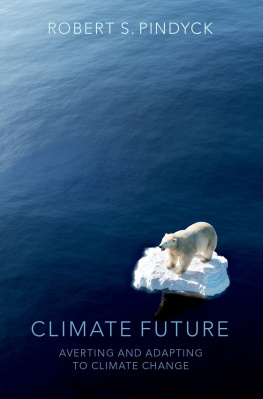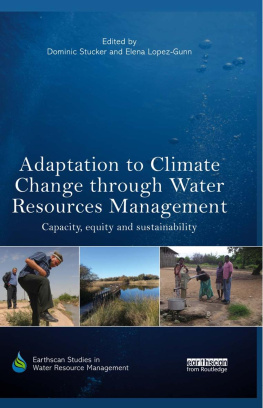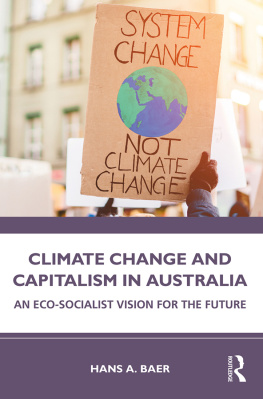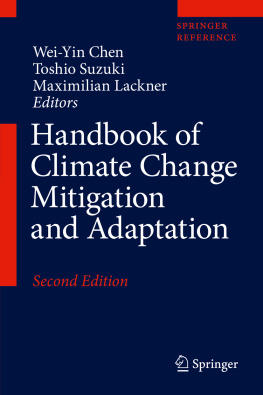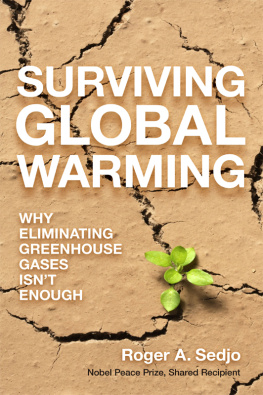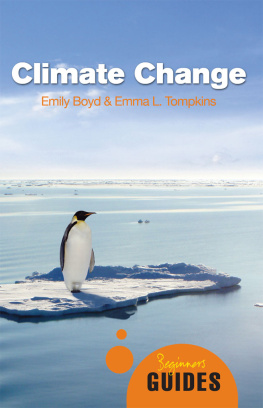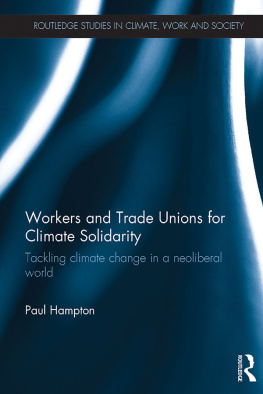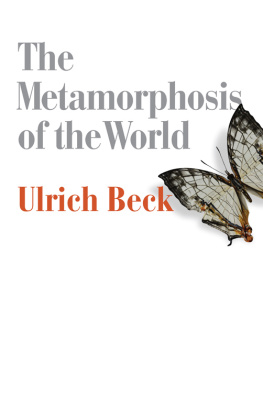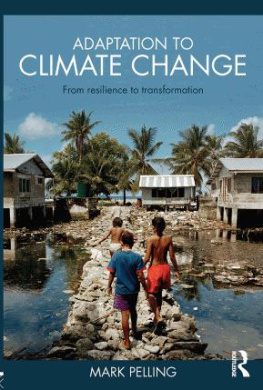Contents

The Great Adaptation
The Great Adaptation
Climate, Capitalism and Catastrophe
Romain Felli
Translated by David Broder

This translation was partially funded by the Faculty of Social
and Political Sciences, University of Lausanne (UNIL)
First published in English by Verso 2021
Originally published in French as La Grande Adaptation. Climat,
capitalisme et catastrophe, Editions du Seuil 2016
Translation David Broder 2021
All rights reserved
The moral rights of the authors and translator have been asserted
1 3 5 7 9 10 8 6 4 2
Verso
UK: 6 Meard Street, London W1F 0EG
US: 20 Jay Street, Suite 1010, Brooklyn, NY 11201
versobooks.com
Verso is the imprint of New Left Books
ISBN-13: 978-1-78873-414-1
ISBN-13: 978-1-78873-417-2 (UK EBK)
ISBN-13: 978-1-78873-416-5 (US EBK)
British Library Cataloguing in Publication Data
A catalogue record for this book is available from the British Library
Library of Congress Cataloging-in-Publication Data
Library of Congress Control Number: 2020948739
Typeset in Minion Pro by Hewer Text UK Ltd, Edinburgh
Printed and bound by CPI Group (UK) Ltd, Croydon CR0 4YY
Contents
The Climate: A Problem of
Capital Importance
Before he was British ambassador to the United Nations and chef de cabinet to the president of the European Commission, in 1975 Crispin Tickell spent a years sabbatical at Harvard University. He devoted his time there to studying a serious political problem: climate change. Sir Crispin emphasised the many uncertainties which beset this question but was nonetheless convinced that human beings had some share of responsibility for the changes now underway. Was this, perhaps, because of the multinationals in the oil industry, or the long history of European colonialism? Not according to the man who would also become an aide to Margaret Thatcher. Rather, the risk lay in the increasing temptation for governments, under pressure from the exorbitant demands of the hungry, the deprived, or the unemployed, to take actions which not only beggar thy neighbours, but also damage or alter the delicate mechanisms of the atmosphere.
Two centuries earlier, at the height of the Industrial Revolution, Reverend Thomas Malthus had blamed destitution and famine on the poor (considered too many, given the limits of nature) and on aid to the poor (which was similarly deemed too generous). Sir Crispin continued this neo-Malthusian line of argument. Too destitute, the poor destroyed the environment by over-exploiting natural resources. Too well-organised, they obtained an improper redistribution of wealth from the welfare state. Private property was in danger and At Natures mighty feast, Malthus wrote, there are no vacant covers.
Human overpopulation thus provoked climatic imbalances. But, worse, according to Sir Crispin, it prevented our species from adapting to these changes. When the Earth had been less populated, the consequences of climatic variations were easily resolved: migration was a sufficient response. But the demographic explosion what biologist Paul Ehrlich called the population bomb The result? Conflicts between rich and poor, between North and South, and between present and future.
Happily, in 1982, the famous US environmentalist couple Amory and Hunter Lovins came along to reassure us: climate change aint gonna happen! For them, it was pointless to worry about the concentration of carbon dioxide in the atmosphere, for the market was going to solve the problem anyway. As they put it, Economic rationality can be our strongest ally in curbing the worst assaults on the climate. After all, the Lovinses explained, in a market economy, it was impossible that people would go on using fossil fuels that harmed the climate (petrol, coal, gas, etc.): for this would be too expensive.
Fast forward to today, and oil prices are at rock-bottom and global warming is sky-high And this despite three decades of constant extension of the free market, as per the neoliberal utopia. No problem! If the market has failed to reduce greenhouse gas emissions, at least it can help us manage the climate disasters or so claims
This book tells the story of how the idea of adapting to climate change has been mobilised and deployed since the 1970s for the purpose of allowing the market to reach into all domains of life. Th e introduction that follows, which probably has a sharper edge than the book as a whole, explains the theory which is the bedrock of my analysis.
THE ANTHROPOCENES LACK OF CLASS
Thanks to the combined work of the social sciences, natural sciences, environmental historians and activists, especially in the Global South we know that the causes and consequences of global warming are not shared out equally.
But, in blaming humanity as a whole for the transformations taking place in a nature portrayed as standing outside of society, the concept of the Anthropocene risks obscuring things more than it clarifies them. The major transformations in the fabric of life a fabric which inextricably binds relations, processes and materials, which are simultaneously biophysical, organic, material and cultural are very real. Unleashed already in the sixteenth century, these transformations preceded and informed the Industrial Revolution. Far from being the result of humanitys predatory action against nature, they constitute a particular way of organising the economy, which is also a particular way of organising nature. Indeed, the nature thus produced (not ex nihilo , but through the working and remodelling of pre-existing elements) is itself historical, just as history is natural. But to speak of a production of nature does not imply that the nature thus produced is mastered or controlled by humanity or subjected to it quite the contrary!
This historical nature is the crystallisation of the fabric of contemporary life. It is the result of a long and global history; it consists of
The replacement of renewable energies (wind, water ) by coal at the beginning of the industrial revolution did not owe to some simple technological advantage that coal had over renewables. Rather, it was used the better to subject the uprooted peasants to the industrial machinery which was producing for the market. Particular social relations (class relationships) organise the transformations in the fabric of life, just as this fabric as far as humans are concerned, anyhow exists by way of the relations which it itself makes possible.
The study of the longer history of the relations that make up the fabric of life, and have done so since the sixteenth century, must pass by way of the history of capitalism. Capitalism is not an economic
THE CLIMATIC THREAT
Whoever wants to talk about global warming cannot, then, just stick to CO 2 emissions, the role of the oil industry or the place of the car in our societies (crucial though these elements are). In embracing the illusion that the sole variable CO 2 is the only source of the problem, we act as if we could control and limit the climate problem or even make it disappear. But more than greenhouse gas emissions, what is at stake in the climate question is the particular way in which nature is organised.
Despite their apparent differences, one thing Tickells neo-Malthusianism and Lovinss neoliberalism have in common is that they speak not just about nature, the environment and the climate, but also about social fears, market mechanisms and ways of producing the environment. They tell us that the climate question the problem of climate change owing to human activity, in particular linked to greenhouse gas emissions is a political question. In painting the hungry, the deprived, or the unemployed as the problem, on account of their excessive numbers, or capitalist entrepreneurs as the solution, they propose a class analysis and class solutions to global warming.


